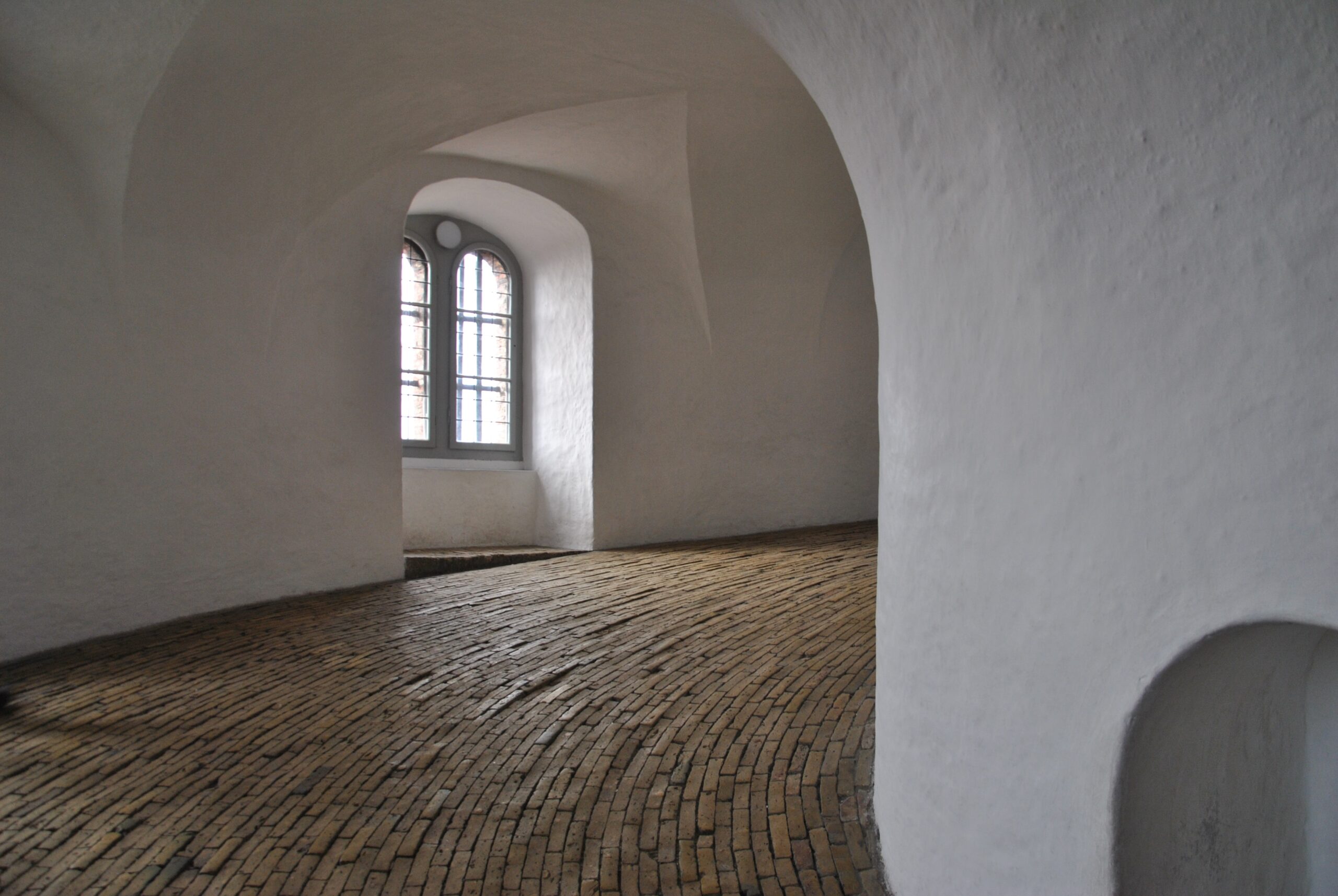In a world where material possessions and consumerism often dominate our lives, an increasing number of people are discovering the allure of minimalism. Minimalism is not merely a trend in home decor; it is a lifestyle that advocates for intentional living, focusing on what truly matters and eliminating unnecessary distractions.
This philosophy has deep roots in various art forms and design movements, such as Bauhaus and Zen aesthetics, which celebrated simplicity and functionality. By embracing minimalism, individuals can create a serene and clutter-free home that fosters mental clarity, tranquility, and contentment.
In this comprehensive article, we will delve into the essence of minimalism, explore its core principles, and provide practical insights on how to apply it to your home setting.
Understanding Minimalism: A Deeper Dive
Minimalism goes beyond just reducing the number of possessions; it is a mindset that challenges the conventional norms of consumer culture. At its core, minimalism encourages individuals to examine their relationship with material belongings and rethink their values.
The movement aims to free us from the burden of excess, allowing us to focus on the things that truly enrich our lives. Rooted in various art and design movements, minimalism emerged as a response to the overwhelming complexities of modern life.
By stripping away the unnecessary, we can uncover the beauty of simplicity and find solace in the essentials.
The Minimalist Home: Key Characteristics
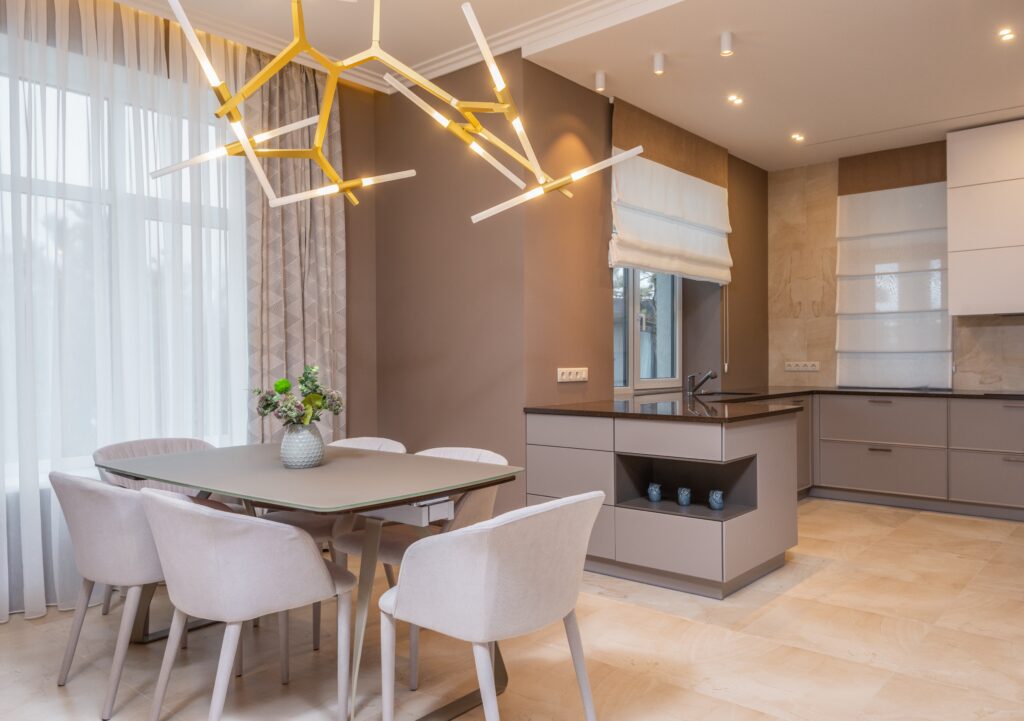
Creating a minimalist home requires a deliberate approach to design and organization. The foundation of a minimalist home lies in simplicity, where clean lines, uncluttered spaces, and a sense of openness prevail.
The key is to be intentional with every item present in the space, opting for quality over quantity. Each element should have a purpose and contribute to the overall harmony of the design.
The minimalist home is thoughtfully curated, avoiding unnecessary embellishments and focusing on functionality. This approach allows for a calming and inviting environment that fosters relaxation and inner peace.
The First Step to Minimalism
One of the initial steps in embracing minimalism is decluttering your living space. This process goes beyond tidying up; it involves evaluating each item’s value and purpose in your life.
As you embark on this journey, consider adopting Marie Kondo’s famous question, “Does it spark joy?”. Assessing belongings with this mindset helps determine which items are worth keeping and which ones can be let go of.
Tackling decluttering room by room, you can gradually create an environment that is free from unnecessary distractions, leading to improved focus and reduced stress.
Mindful Furniture Selection: Less is More.
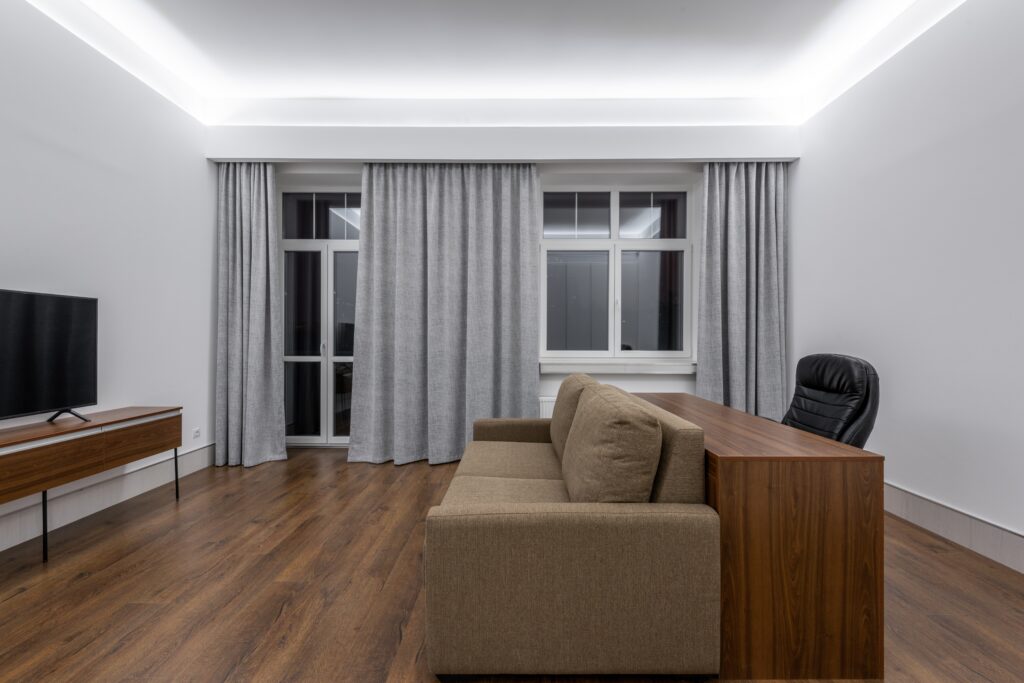
In a minimalist home, furniture plays a pivotal role in setting the tone for the entire space. Instead of overcrowding rooms with numerous pieces, focus on selecting furniture that is both functional and aesthetically pleasing.
Opt for multi-purpose furniture that serves multiple needs, helping to optimize space utilization. Embrace minimalist furniture designs that boast clean lines, geometric shapes, and high-quality materials, all of which contribute to the serene and clutter-free ambiance of the home. Read our In-Depth Guide on Sofas to find out which type is for you.
Creating a Calming Color Palette
Color psychology plays a significant role in minimalist design, as colors have the power to evoke emotions and set the mood in a space. Neutral tones, such as whites, grays, and earthy hues, are quintessential to the minimalist color palette. These shades create a sense of tranquility, timelessness, and sophistication.
Soft pastels can also be incorporated as subtle accents to add a touch of warmth and personality without detracting from the overall minimalist aesthetic. By maintaining a consistent color palette throughout the home, you create a cohesive and harmonious atmosphere.
Minimalist Decor: Simple Yet Impactful
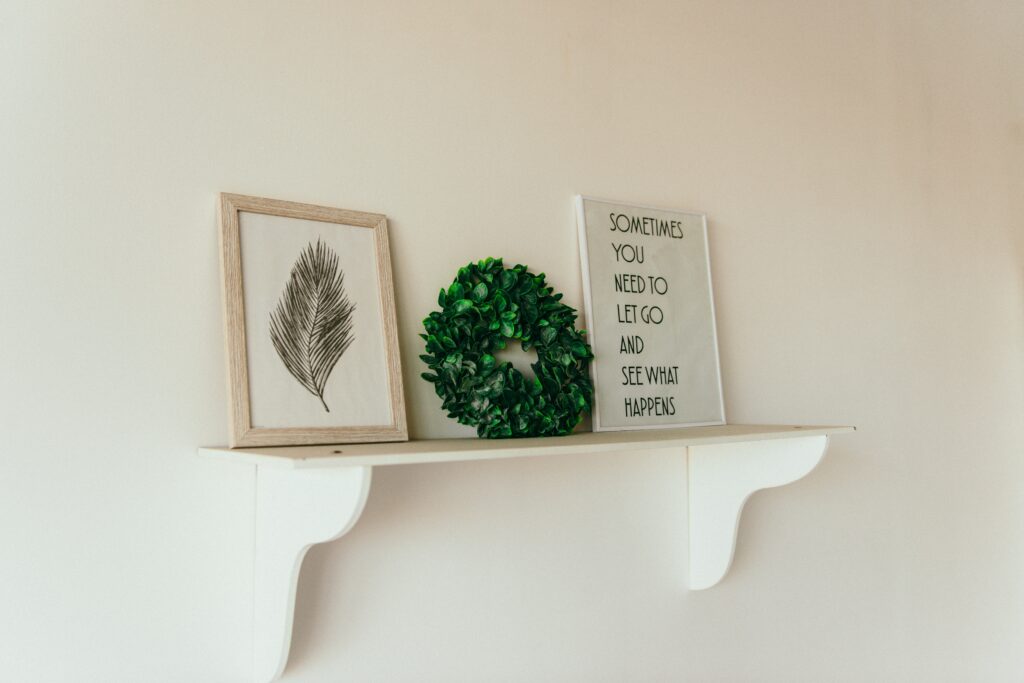
Minimalist decor revolves around the principle of “less is more.” Instead of cluttering surfaces with an abundance of decorative items, opt for a few carefully curated pieces that make a statement. Geometric wall art, strategically placed indoor plants, and thoughtfully chosen textiles can add visual interest without overwhelming the space.
When incorporating decor elements, consider textures and materials that complement the overall minimalist aesthetic, adding depth and character to the clean and straightforward design.
The Minimalist Kitchen: Streamlining and Organizing
The kitchen is the heart of the home, and a minimalist approach to this space fosters efficiency, organization, and a sense of calm. Start by decluttering countertops and cabinets, keeping only essential kitchen tools and utensils. Invest in high-quality, durable cookware that will last for years, reducing the need for multiple items.
Embrace the concept of a capsule pantry, where staple ingredients are stocked in limited quantities, promoting mindful consumption and preventing food waste. With a streamlined and organized kitchen, meal preparation becomes a more enjoyable and mindful experience.
Zen Bathrooms: Tranquility in Simplicity
The bathroom is a space of personal care and rejuvenation, and a minimalist approach can transform it into a serene retreat. Remove unnecessary items from countertops and cabinets, leaving only the essentials within reach.
Opt for soft, diffused lighting to create a soothing atmosphere. Incorporate natural materials, such as wood and stone, to enhance the connection to nature.
To further align with minimalist principles, opt for eco-friendly and sustainable bathroom products, contributing to a greener living space.
Bedrooms: Creating a Relaxing Minimalist Retreat
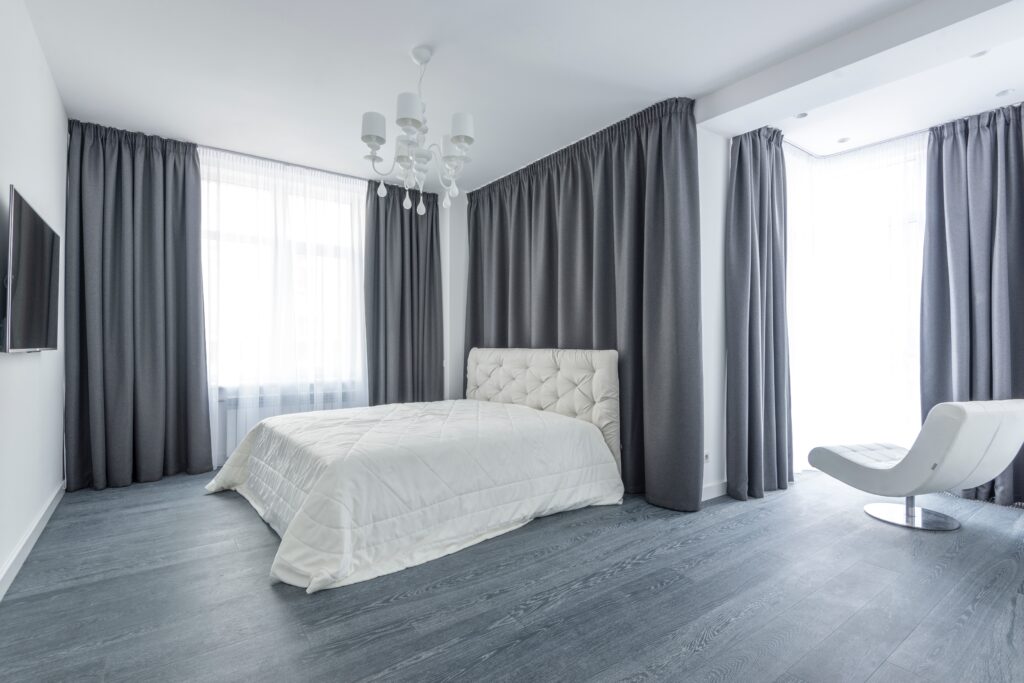
The bedroom serves as a sanctuary for rest and relaxation, and minimalism can enhance its calming qualities. Choose a streamlined bed frame and invest in high-quality bedding for maximum comfort.
Limit decor elements to a few select pieces that hold personal meaning, such as artwork or photographs that evoke positive emotions which speak to your soul.
Keep the space free from distractions, creating an environment that promotes better sleep and tranquility.
Minimalism in Small Spaces: Maximizing Minimalist Design
Minimalism is particularly well-suited for small spaces, where every inch counts. Clever storage solutions, multi-functional furniture, and space-saving techniques are essential in optimizing the limited area.
Utilize under-bed storage, wall-mounted shelves, and hidden storage compartments to maximize the use of available space. Adopting a minimalist approach in small spaces not only enhances the functionality of the home but also creates an illusion of openness and spaciousness.
The Emotional Aspect: Letting Go and Embracing Change
Minimalism extends beyond the physical realm; it is also an emotional journey. Letting go of sentimental attachments to belongings can be challenging, but it is a vital step in embracing minimalism fully.
Acknowledge the emotions associated with certain items and learn to cherish the memories without clinging to the physical objects. Focus on the benefits of a decluttered and intentional lifestyle, such as reduced stress, increased mindfulness, and the opportunity to prioritize what truly matters in life.
Sustainable Minimalism: Eco-Friendly Practices for Greener Living
Minimalism and sustainability go hand in hand. As we reduce our consumption and adopt intentional living, we naturally contribute to a greener, more sustainable planet. Embrace eco-friendly practices such as recycling, upcycling, and supporting sustainable brands that align with the core values of minimalism.
By making conscious choices, we can create a more eco-conscious and mindful living space that benefits both us and the environment.
Minimalism Beyond the Home: Incorporating Minimalist Principles in Daily Life

Minimalism is not confined to our physical living spaces; it extends into various aspects of daily life. Embracing a minimalist mindset in our digital habits, wardrobe choices, and daily routines can lead to increased focus, reduced stress, and a deeper appreciation for the present moment.
By adopting mindful consumer habits and prioritizing experiences over possessions, we can lead a more meaningful and fulfilling life.
Conclusion
In conclusion, minimalism is more than just a decor trend; it is a lifestyle that encourages us to live with intention and grace.
By decluttering our physical and mental spaces, we create room for what truly matters in life, whether it be meaningful relationships, personal growth, or pursuing our passions.
Embracing minimalism in our homes fosters an environment of tranquility, balance, and harmony, helping us lead more intentional, purpose-driven lives.
Frequently Asked Questions
Q: Is minimalism only suitable for modern or contemporary homes?
A: No, minimalism can be adapted to various architectural styles. The core principles of simplicity, functionality, and uncluttered spaces can complement a wide range of design aesthetics, from traditional to industrial.
Q: Is minimalism about getting rid of everything I own?
A: No, minimalism is not about deprivation or living with the bare minimum. It is about being intentional with what you own and surrounding yourself with belongings that add value and joy to your life.
Q: Can I still express my personality in a minimalistic home?
A: Absolutely! Minimalism does not mean sacrificing personal style. In fact, it allows you to focus on the elements that truly represent your personality and values, creating a space that feels uniquely yours.
Q: Is minimalism expensive to adopt?
A: Minimalism can actually save you money in the long run. By being selective with purchases and investing in high-quality items, you reduce the need for frequent replacements, ultimately leading to financial savings.
Q: How do I deal with sentimental items that I don’t want to part with?
A: Letting go of sentimental items can be challenging. Consider keeping a few truly meaningful mementos that hold special memories, and find creative ways to display or store them in your home. You can also take photographs of sentimental items to preserve the memories without the need for physical clutter.

